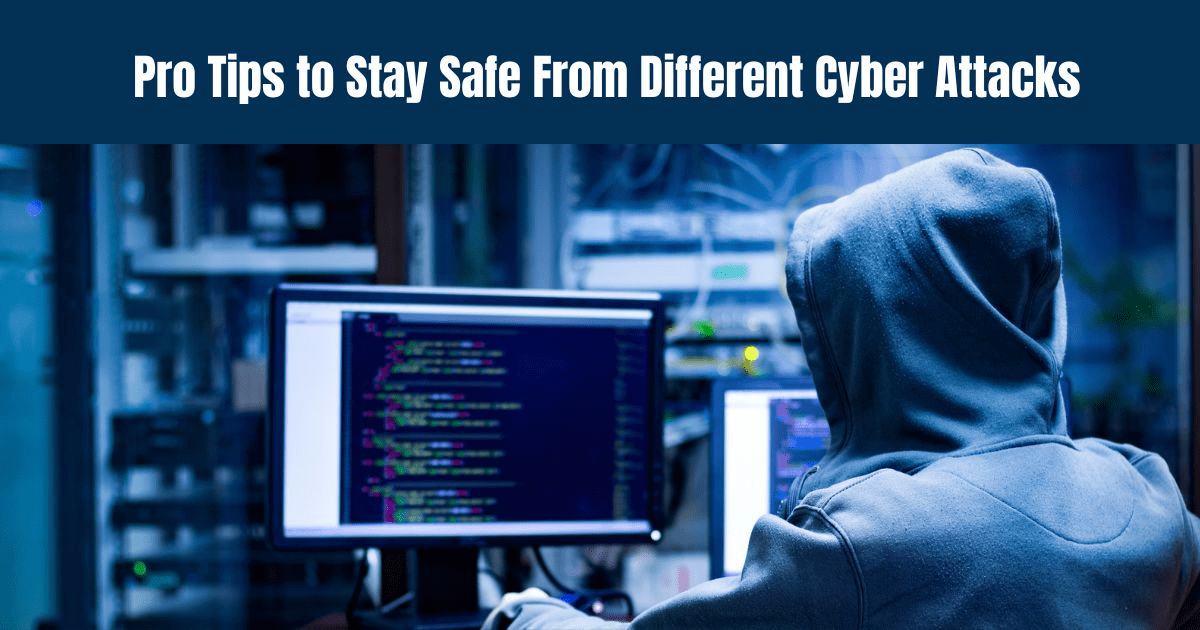In the ever-evolving landscape of the digital world, the threat of cyber attacks looms large. As technology advances, so do the tactics of cybercriminals. It’s crucial for individuals and businesses alike to be aware of the various cyber attack types and take proactive measures to stay protected. In this comprehensive guide, we’ll delve into the most prevalent cyber threats and provide practical tips on fortifying your defenses.
Understanding Cyber Attack Types
1. Phishing Attacks
One of the most common cyber threats, phishing attacks involves tricking individuals into revealing sensitive information. Cybercriminals often disguise themselves as trustworthy entities, luring victims into clicking on malicious links or sharing login credentials. To stay protected, be cautious of unexpected emails and always verify the authenticity of the sender.
2. Malware Infections
Malicious software, or malware, can infiltrate your system through various means, including infected downloads, email attachments, or compromised websites. Regularly update your antivirus software, avoid downloading files from untrusted sources, and be cautious when clicking on links to mitigate the risk of malware infections.
3. Ransomware Assaults
Ransomware attacks involve encrypting files or systems and demanding a ransom for their release. Protect yourself by regularly backing up essential data, using robust antivirus software, and staying vigilant against suspicious emails or links that may carry ransomware payloads.
4. Distributed Denial of Service (DDoS) Attacks
DDoS attacks aim to overwhelm a target’s network or website, causing service disruptions. Implementing robust firewalls, using content delivery networks (CDNs), and monitoring network traffic can help mitigate the impact of DDoS attacks on your online presence.
5. Man-in-the-Middle Attacks
In a man-in-the-middle attack, cybercriminals intercept and potentially alter communication between two parties. Utilize secure communication channels, such as Virtual Private Networks (VPNs), and be wary of unsecured Wi-Fi networks to minimize the risk of falling victim to these attacks.
Staying Protected in the Digital Era
1. Keep Software and Systems Updated
Regularly updating your operating system, antivirus software, and other applications is a fundamental step in maintaining a secure digital environment. Updates often include security patches that address vulnerabilities exploited by cybercriminals.
2. Implement Strong Password Practices
Create complex passwords and use multi-factor authentication whenever possible. Avoid using easily guessable passwords and consider using a password manager to securely store and manage your login credentials.
3. Educate and Train Employees
For businesses, employee education is paramount. Conduct regular training sessions to enhance awareness of cyber threats and teach employees how to recognize and respond to potential attacks. A well-informed team is a powerful defense against cybercrime.
4. Back Up Your Data
Regularly back up critical data to an external and secure location. In the event of a ransomware attack or data loss, having recent backups ensures that you can restore your information without succumbing to cybercriminal demands.
5. Monitor Network Activity
Implementing robust network monitoring tools allows you to detect unusual patterns or suspicious activities early on. Prompt identification of potential threats enables proactive measures to mitigate the impact and safeguard your digital assets.
Conclusion
As technology continues to advance, so do the tactics of cybercriminals. By understanding the various cyber attack types and adopting proactive measures, you can significantly reduce the risk of falling victim to online threats. Stay informed, implement robust security practices, and create a culture of cybersecurity awareness to navigate the digital landscape safely.


